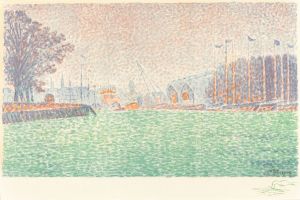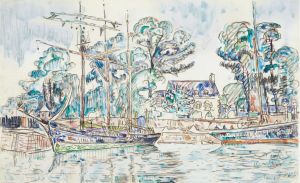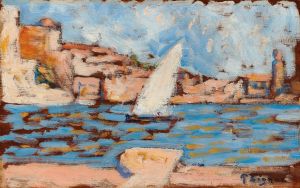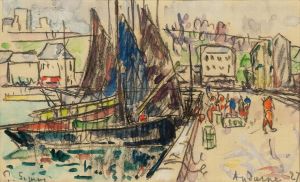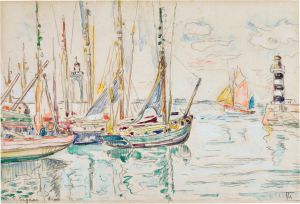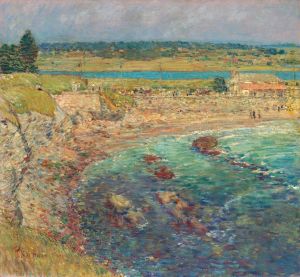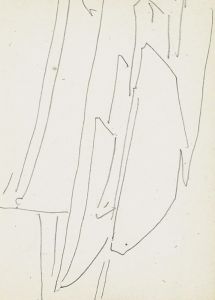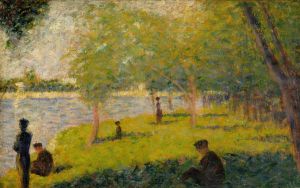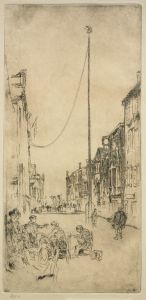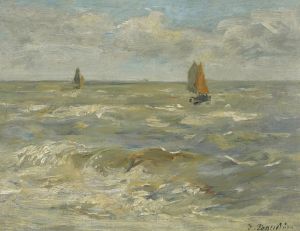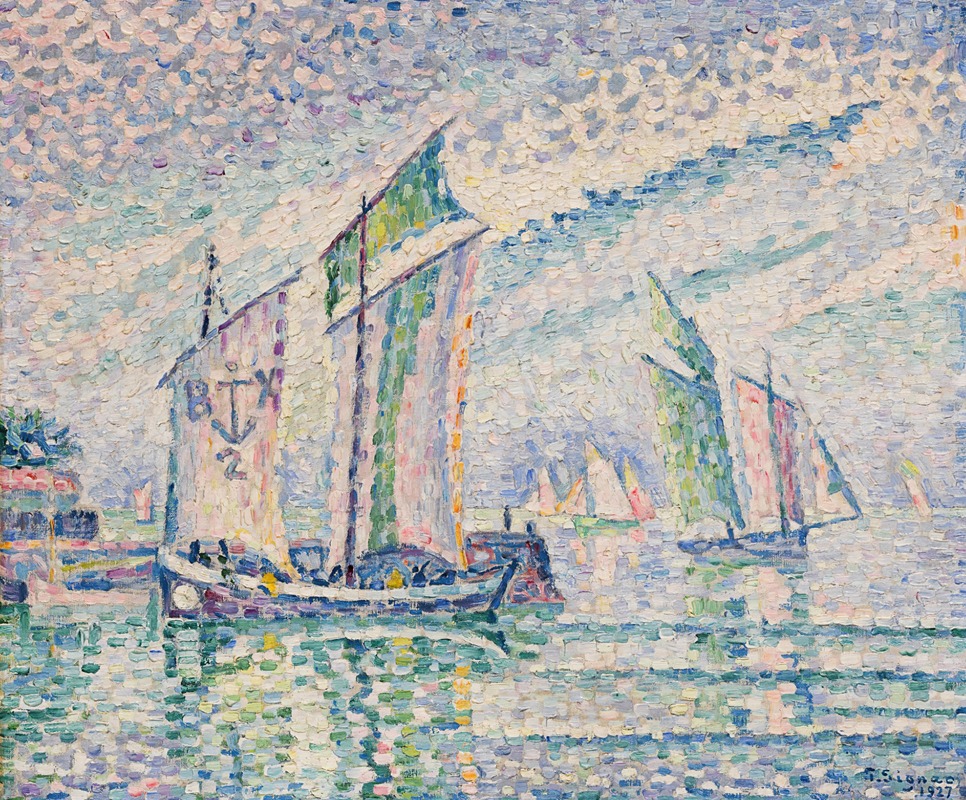
Le Chenal de la Rochelle
A hand-painted replica of Paul Signac’s masterpiece Le Chenal de la Rochelle, meticulously crafted by professional artists to capture the true essence of the original. Each piece is created with museum-quality canvas and rare mineral pigments, carefully painted by experienced artists with delicate brushstrokes and rich, layered colors to perfectly recreate the texture of the original artwork. Unlike machine-printed reproductions, this hand-painted version brings the painting to life, infused with the artist’s emotions and skill in every stroke. Whether for personal collection or home decoration, it instantly elevates the artistic atmosphere of any space.
Paul Signac's painting "Le Chenal de la Rochelle" is a notable work by the French Neo-Impressionist artist, who was a prominent figure in the development of the Pointillist technique. Signac, born in 1863, was deeply influenced by the works of Georges Seurat, with whom he shared a commitment to the scientific approach to color and composition that defined Neo-Impressionism.
"Le Chenal de la Rochelle" captures the entrance channel to the harbor of La Rochelle, a historic port city on the western coast of France. This painting exemplifies Signac's fascination with maritime themes, a subject he frequently explored throughout his career. The artist was known for his love of the sea and sailing, which is reflected in many of his works depicting ports, boats, and coastal scenes.
Signac's technique in "Le Chenal de la Rochelle" is characterized by the use of small, distinct dots of color applied in patterns to form an image. This method, known as Pointillism, was developed alongside Seurat and is based on the principle of optical mixing. Instead of blending pigments on a palette, Signac placed pure colors side by side on the canvas, allowing the viewer's eye to mix them at a distance. This technique creates a luminous effect, enhancing the vibrancy and dynamism of the scene.
The painting showcases Signac's mastery of color and light, capturing the shimmering reflections on the water and the play of sunlight on the sails and buildings. The composition is carefully structured, with the channel leading the viewer's eye into the depth of the scene, flanked by the architectural elements of La Rochelle. The use of complementary colors and the rhythmic arrangement of forms contribute to the harmonious and balanced composition typical of Signac's work.
Signac's interest in the scientific theories of color and perception was influenced by contemporary studies in optics and color theory, particularly those of Michel Eugène Chevreul and Ogden Rood. These theories informed his approach to painting, as he sought to achieve greater luminosity and intensity in his works through the precise application of color.
"Le Chenal de la Rochelle" is a testament to Signac's dedication to the principles of Neo-Impressionism and his ability to convey the beauty and tranquility of the French coastline. The painting not only reflects his technical skill but also his deep appreciation for the natural world and the interplay of light and color.
Throughout his career, Signac remained a central figure in the Neo-Impressionist movement, advocating for the artistic and theoretical advancements it represented. His works, including "Le Chenal de la Rochelle," continue to be celebrated for their innovative use of color and their contribution to the evolution of modern art. Signac's legacy is preserved in numerous collections worldwide, where his paintings are admired for their vibrant depiction of the world through the lens of Pointillism.





